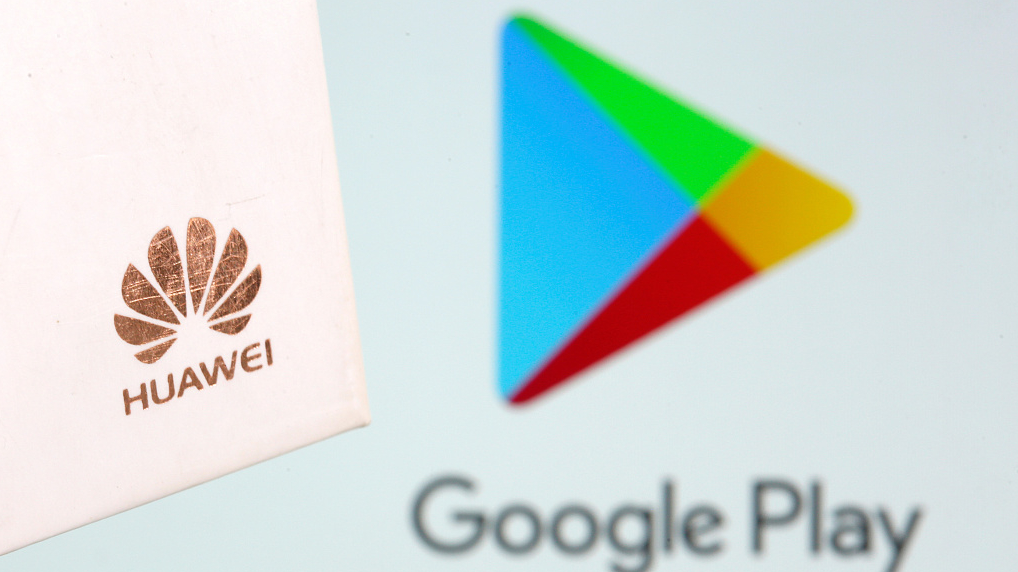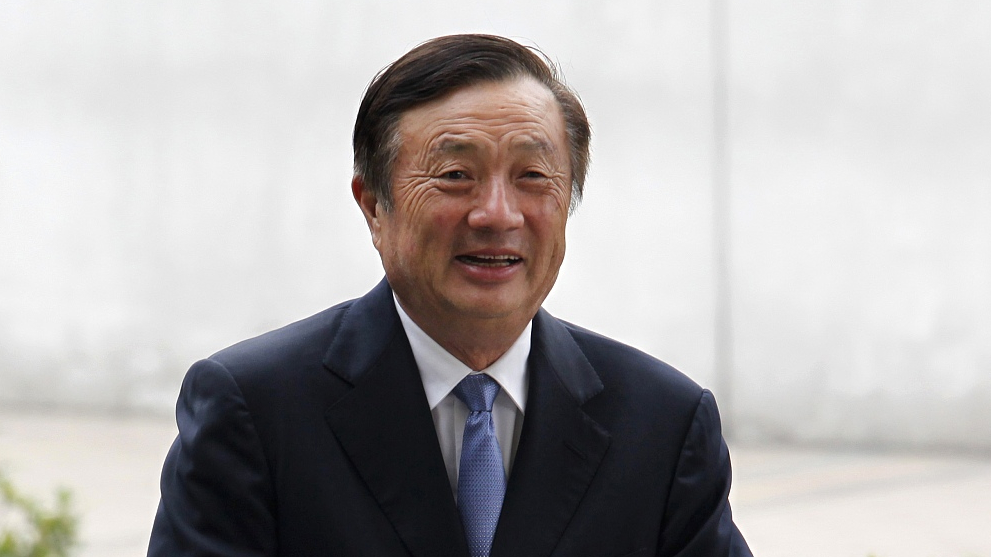
As the China-U.S. trade conflict turns into a competition over tech supremacy, the industry is laying bare how the supply chains of companies on both sides and their investments are interdependent.
The U.S. restrictions on Huawei have hit the Chinese telecom giant and its U.S. employees hard, as it plans to lay off about 850 people in its research labs across the United States. The urgency to maintain global cooperation was further demonstrated by U.S. chipmakers intensively lobbying President Donald Trump to get the ban revoked, asserting that sanctions would make U.S. companies seem like unreliable partners.
The Semiconductor Industry Association, a trade group representing chipmakers such as Intel and Qualcomm, had sent a letter to Trump stating that the sanctions could hurt the U.S.’ economic and national security as China can just source much of the tech components from chipmakers in other countries, while causing American tech suppliers to lose its competitive edge in the world’s largest consumer market.
In a reversal that seems like the chipmakers had gotten through, Trump announced at the G20 summit in Osaka in June that he would allow American companies to once again to sell to Huawei given that the products are not deemed critical to national security. What this entails is still unclear, as White House chief economic adviser Larry Kudlow said that the details will be determined near the end of China-U.S. trade talks.

Huawei logo is seen in front of displayed Google Play logo, May 20, 2019. /VCG Photo
This cutoff comes at a time when China is increasingly engaging with the world in multiple sectors, including high-tech, according to a just-released McKinsey report entitled “China and the World.” The report, however, notes that China is shifting its focus toward developing its domestic economy, with local competitors increasingly challenging multinationals in the Chinese market. U.S. sanctions would further isolate American companies from lucrative opportunities given surging demand from Chinese consumers.
The report states that over half of Chinese households are likely to be in the “mass affluent” category by 2030, and as such, their growing confidence and willingness to experiment in the market would give local and foreign enterprises ample opportunities. In fact, for 11 out of the 16 quarters since 2015, consumption constituted over 60 percent of China’s GDP growth.
This appetite is especially apparent in the tech sector, where the economic giant’s consumption of computer chips has reminded the world that China’s value chains are deeply integrated with the rest of the world. According to the McKinsey report, although China’s IP imports are six times larger than its exports, the country’s R&D spending rose from nine billion to 293 billion U.S. dollars in 2018. When its access to American semiconductors was threatened by the U.S. ban, Huawei said it had been preparing for the possibility of a supply cutoff by developing its own chip arm, HiSilicon.

File photo: Huawei CEO and founder Ren Zhengfei walks inside Huawei's headquarters in the southern Chinese city of Shenzhen, Guangdong province, October 16, 2013. /VCG Photo
This trend toward self-reliance in the sector is apparent, as China’s high-tech manufacturing is making up a larger portion of the country’s industrial growth, according to statistics issued Monday by the State Council Information Office detailing the country’s economic performance in the first half of 2019.
The shift away from dependence on foreign technology and other products has led McKinsey to conclude that the rest of the world’s “exposure” to China has decreased, while that of China to the world has risen.
At a time of increasing friction in trade and investment, greater exposure on both ends would serve the trend of globalization, while an imbalance would lock out American companies from a hungry Chinese market.

Copyright © 2018 CGTN. Beijing ICP prepared NO.16065310-3
Copyright © 2018 CGTN. Beijing ICP prepared NO.16065310-3